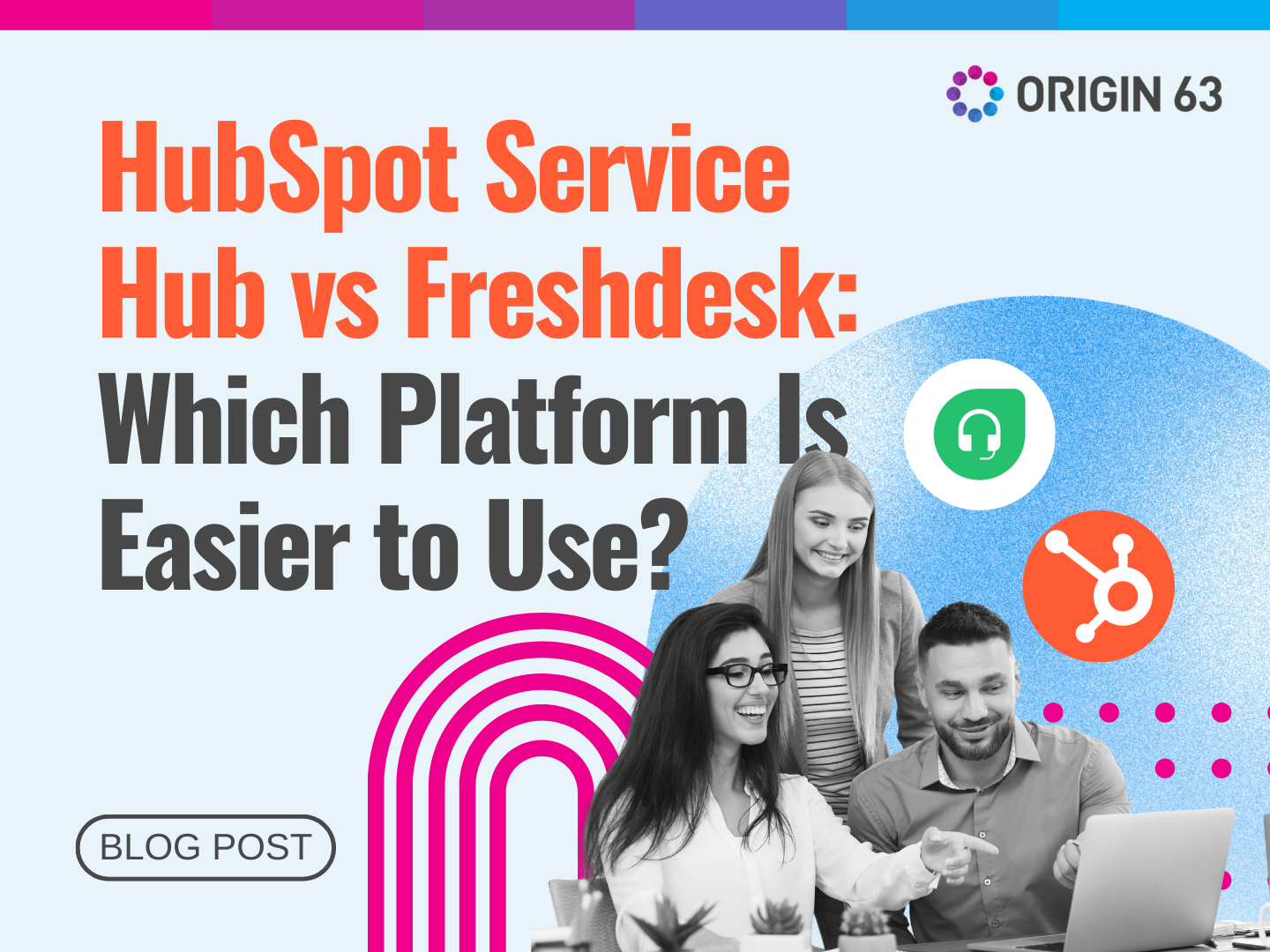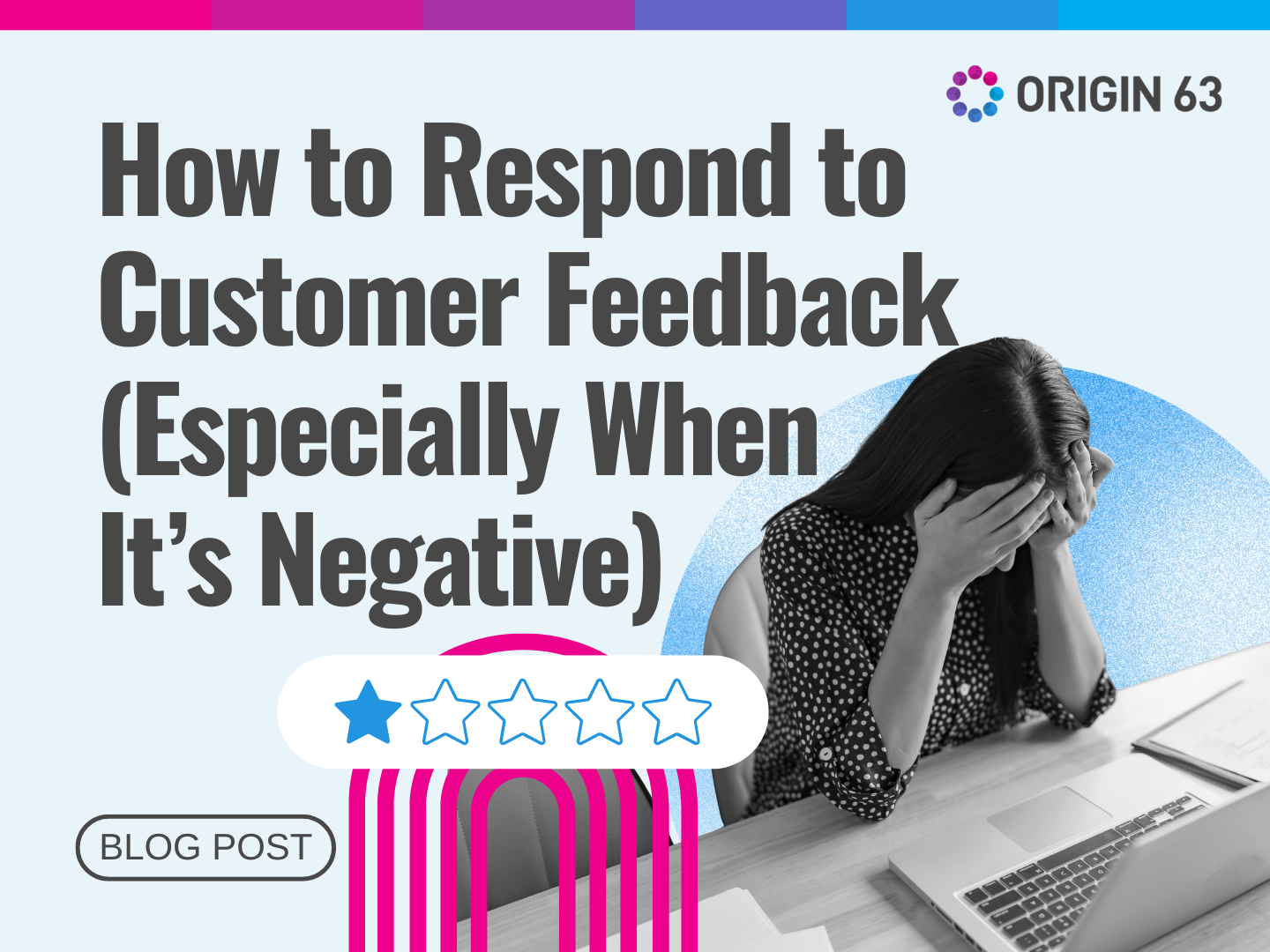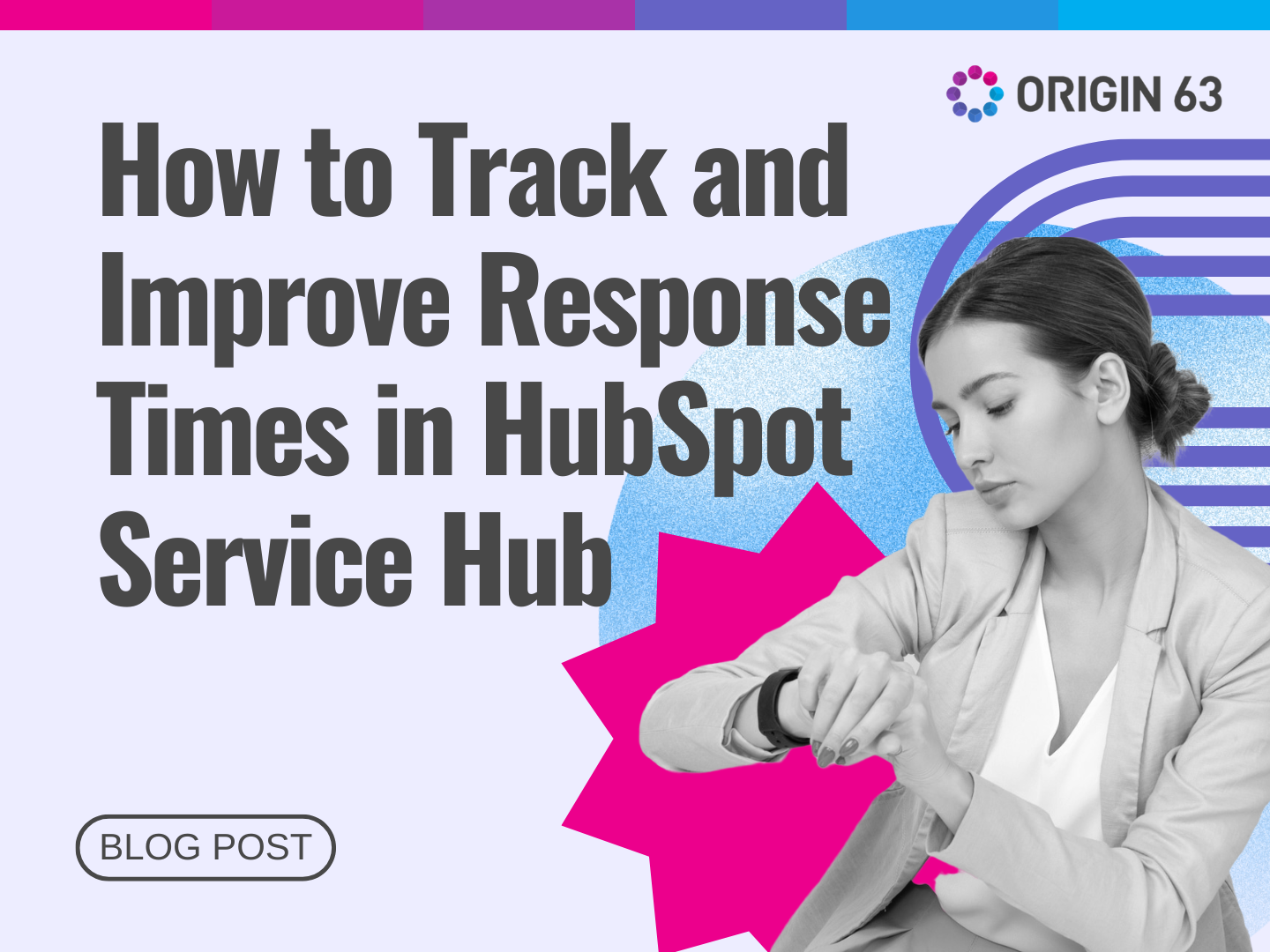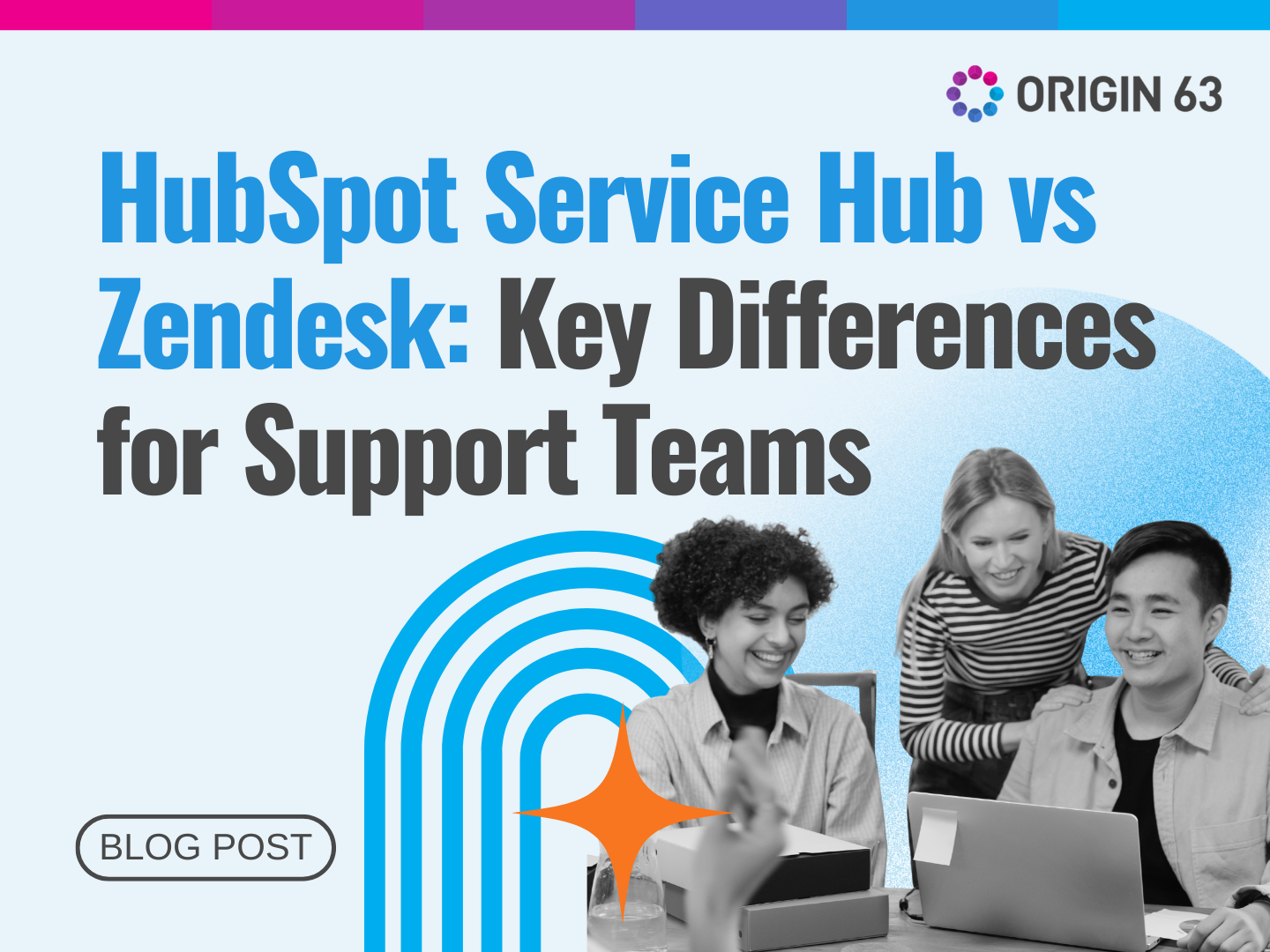Growing pains are real, especially when it comes to customer service. As your business expands, you might struggle to keep up with increasing customer inquiries. It's like trying to juggle more and more balls without dropping any.
You need a way to scale your processes without breaking the bank or compromising quality. Automation can be your secret weapon. Leveraging the right tools helps you streamline your customer service operations, saving time and money while delivering top-notch support.
We'll explore how you can use HubSpot Service Hub to automate your customer service. Whether new to automation or looking to level up your existing processes, we've got you covered.
Automating Customer Service with HubSpot

Let's start by talking about HubSpot Service Hub. Think of it as your all-in-one toolbox for customer service automation. It's designed to help businesses like yours streamline support processes, making life easier for your team and customers.
HubSpot Service Hub has features that let you automate various aspects of customer service. Here's how it can help:
- Ticketing System: Imagine having a virtual assistant who organizes all your customer inquiries. HubSpot's ticketing system does just that. It automatically creates tickets for each customer query, ensuring nothing falls through the cracks.
- Knowledge Base: This is like having a 24/7 self-service desk. You can create a library of helpful articles that customers can access anytime. It's great for answering common questions without needing human intervention.
- Chatbots: These are your digital front-line support team. They can handle simple queries, guide customers to relevant resources, or even create tickets for complex issues.
- Automated Workflows: Think of these as your behind-the-scenes helpers. They can automatically assign tickets to the right team members, send follow-up emails, or escalate urgent issues.
- Customer Feedback: HubSpot can automatically send surveys after interactions, helping you gather valuable insights to improve your service.
Automating routine tasks with these tools frees your team to focus on more complex issues that truly need a human touch. It's not about replacing your team but empowering them to work more efficiently.
10 Types of Customer Service Teams
When you think about customer service, what comes to mind? For many of us, it's probably a picture of people answering phone calls or responding to emails in headsets.
But there isn't just one type of customer service team. There are several different teams that all play a role in making sure customers are happy and well-supported.
Let's take a closer look at 10 different types of customer service teams you might find in a company:
1. Community Support Team

These team members are the social media wizards of customer service. They monitor platforms like Twitter, Facebook, and Instagram, responding to customer queries, complaints, and compliments.
They're skilled at crafting concise, helpful responses within character limits. For example, if someone tweets about a delayed delivery, this team would respond with an update and maybe even throw in a discount code as a goodwill gesture.
2. Support Specialists
These are your classic customer service reps. They handle a variety of communication channels - phone calls, emails, live chats, and sometimes even video calls.
They're trained to handle various issues, from simple questions about return policies to more complex product troubleshooting. They're the jack-of-all-trades in the customer service world, needing to be quick thinkers and excellent communicators.
3. Knowledge Base Team
This team creates and maintains the self-help resources on a company's website. They write articles, create FAQs, and organize information in a user-friendly way.
Most of your customer rely on your knowledge base to solve issues independently. 69% of customers prefer to solve as many issues as possible on their own, and 63% usually start by searching a company's online resources when they have an issue.
For instance, they might create a step-by-step guide on resetting passwords or a detailed explanation of shipping options. They need to have a deep understanding of the product or service and be able to explain complex concepts in simple terms.
4. Developer Support Team
In tech companies, this specialized team assists other developers using the company's APIs or building integrations. They speak the language of code and can help with issues like debugging, implementation, and optimization.
For example, if a developer has trouble integrating a payment gateway into their app, this team would provide the technical guidance needed.
5. Product Experts
These are the go-to people for the most complex product-related questions. They have in-depth knowledge of the product's features, capabilities, and limitations.
When a support specialist encounters a question they can't answer, it gets escalated to a product expert. They might help customers figure out how to use advanced features or provide workarounds for unique use cases.
6. Self-Service Support Team
This team focuses on creating resources that allow customers to solve problems independently. They might produce how-to videos, write detailed guides, or create interactive tutorials.
For example, they could create a video showing how to assemble furniture or write a blog post explaining different ways to use a software feature.
7. Customer Onboarding Team
These specialists help new customers get up and running with a product or service. They might conduct welcome calls, provide personalized setup assistance, or run training sessions.
For a software product, they could guide a new user through setting up their account, customizing their dashboard, and using key features for the first time.
8. Partner Services Team
This team supports businesses that have a special relationship with the company, often resellers or affiliates. They provide these partners with resources, answer their questions, and help them succeed in selling or promoting the company's products.
For instance, they might offer marketing materials, conduct product training, or assist with complex customer scenarios.
9. Customer Success Team
Focused on high-value clients, this team works proactively to ensure customer satisfaction and retention. They develop deep relationships with their assigned customers, understanding their business goals and helping them maximize the value they get from the product or service.
They might schedule regular check-ins, suggest new features that could benefit the customer, or help strategize how to use the product more effectively.
10. Professional Services Team
This team offers specialized, often paid, services to customers who need extra help or customization. They might provide on-site training, custom integrations, or strategic consulting.
For example, in a software company, this team might help a large client integrate the software with their existing systems or develop a custom implementation strategy tailored to the client's needs.
5 Ways to Automate Customer Service with HubSpot
When we say "customer service automation," we're talking about using smart tools to help your team work better. It's like having a super-efficient assistant that never sleeps!
Here are a few ways to automate with HubSpot:
1. Implement a Help Desk and Ticketing System
HubSpot's Help Desk brings all customer communications—emails, chats, social media messages—into one place. It also automatically creates support tickets from conversations.
For example, when a customer tweets about a problem with their order, HubSpot automatically creates a ticket.
This ticket includes the tweet, the customer's history, and any previous interactions. Your team can then respond directly from the Help Desk, keeping everything in one place.
The big benefit? Nothing falls through the cracks. Your team can easily track every customer interaction, respond more quickly, and provide more personalized service. It's a real time-saver and helps keep customers happy.
Email, chat, and social media channels need to be integrated so tickets can be created from various communication channels.
Here's how to get it going:
- Navigate to Settings: Go to Settings > Inbox & Help Desk > Inboxes.
- Add Channels: Click on Add channel to connect your email, chat, or social media accounts.
- Configuration: Follow prompts to integrate each channel, ensuring each communication method can generate tickets directly in the help desk.

2. Set Up a Chatbot
HubSpot's chatbot is like having a friendly, knowledgeable team member available 24/7. 90% of customers expect an "immediate" response when they have a question (“immediate” is under 10 minutes).
For customers who can’t wait, setting up a chatbot is the perfect solution. You can set it up to handle a variety of tasks. For instance, it could answer common questions about shipping times, guide customers to your return policy, or even help schedule appointments.
Let's say a customer visits your website at 2 AM with a question about their order status. Instead of waiting until morning for help, the chatbot can instantly provide the information or create a ticket for follow-up.
The main advantages are improved response times and reduced workload on your human team. Customers get instant answers to simple questions, while your team can focus on more complex issues.
Here’s how to set it up:
- Connect a chat channel to the conversations inbox in HubSpot.
- Navigate to the Chatbot Builder under Conversations > Chatbot Builder.
- Click "Create Chatbot" to start building a new bot.
- Customize the welcome message that visitors will see when they start a chat.

- Add bot actions like asking questions, setting contact properties, sharing knowledge base articles, or booking meetings.
- Configure the bot's settings, such as availability and language.
- Publish the bot and add it to your website or messaging channels.
3. Automate Feedback Collection
HubSpot makes it easy to gather and act on customer feedback. You can set up surveys that automatically go out after purchases or support interactions. But it goes beyond just collecting responses.
For example, if a customer gives a low rating, HubSpot can trigger a follow-up email asking for more details. Or if someone leaves a glowing review, you could automatically send them information about your referral program.
This automation helps you consistently gather feedback, identify trends, and address issues quickly. It shows customers you value their opinion and are committed to improving their experience.
Here’s how to automate with surveys:

- Find the "Automations" section within your HubSpot account and then navigate to "Surveys."
- Once you're on the Surveys page, locate the "Feedback" section. This section is where you'll define the follow-up questions based on customer responses.
- HubSpot allows you to set up unique follow-up questions for different response segments:
- Unhappy Responses: Click on "Unhappy" responses. Here, you can create a specific question to understand why customers might be dissatisfied. For example, "We're sorry to hear you weren't satisfied. Can you tell us more about your experience?"
- Neutral Responses: Navigate to "Neutral" responses. Here, craft a question to explore areas for improvement. An example could be, "What could we have done differently to improve your experience?"
- Happy Responses: Click on "Happy" responses. Here, design a question to understand what delights your customers. For instance, "What did you enjoy most about your experience with our product?"
- Save your changes once you've customized your follow-up questions for each response segment. HubSpot also offers a preview function, allowing you to see how the survey will appear to customers before going live.
Save your changes once you've customized your follow-up questions for each response segment. HubSpot also offers a preview function, allowing you to see how the survey will appear to customers before going live.
4. Create Workflows for Repetitive Tasks
Think of HubSpot's workflows as your behind-the-scenes organizer. They can handle all sorts of repetitive tasks automatically.
For instance, you could set up a workflow that assigns new tickets to team members based on the type of issue. Or create one that sends a follow-up email if a ticket hasn't been resolved within 24 hours.
Here’s how to create workflows on HubSpot:
- Navigate to Automation> Workflows.
- Click "Create Workflow" and choose to start from scratch or a template.
- Select your workflow's object types (contacts, companies, deals, etc.).

- Set the enrollment criteria to specify which records should trigger the workflow.
- Add actions and delays to the workflow, such as updating properties, sending emails, creating tasks, or enrolling in other workflows.
- Set up any filters or branch logic to customize the workflow's behavior.
- Review and publish the workflow to start automating your repetitive tasks.
5. Build a Comprehensive Knowledge Base
HubSpot's Knowledge Base feature lets you create a self-service library of information for your customers. You can include how-to guides, FAQs, troubleshooting tips, and more.
For example, if you sell smart home devices, you might create articles on "How to Set Up Your Smart Thermostat" or "Troubleshooting Wi-Fi Connection Issues."
The big win here is that customers can find answers to many questions on their own, any time of day. This reduces the number of simple queries your team has to handle, letting them focus on more complex issues. Plus, customers often prefer self-service options for straightforward questions.
An added bonus? You can use HubSpot’s AI Content Assistant to write, expand, and refine your articles quickly.
Enhance Your Customer Service with HubSpot Automation
Automating your customer service isn't about replacing your team—it's about augmenting and enhancing your team's efforts. You can offload repetitive tasks and empower customers with self-service options to provide faster, more efficient service.
With HubSpot's Service Hub, you can streamline your processes, respond faster to customer needs, and free up your team to focus on what really matters: building great relationships with your customers.
From smart ticketing systems to AI-powered chatbots, HubSpot offers a range of tools to take your customer service to the next level. Remember, happy customers mean a thriving business!
Transform Your Customer Service with Origin63
Ready to revolutionize your customer service? Don't navigate this journey alone! Partner with Origin 63, your trusted HubSpot experts. We'll help you set up and optimize HubSpot Service Hub to fit your unique business needs.













.png?width=90&height=90&name=Arrows%20Partner%20Badge-test%20(1).png)

